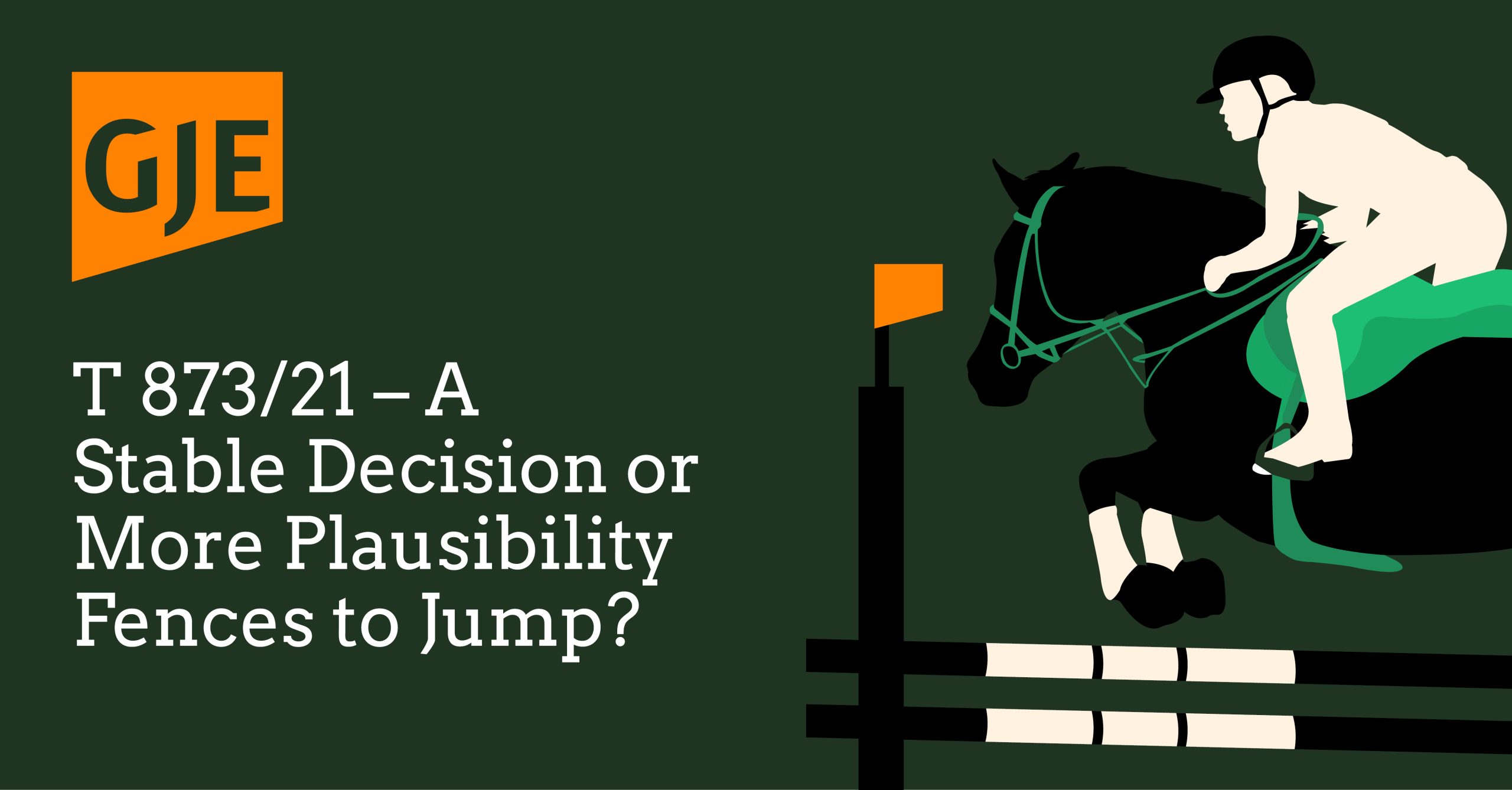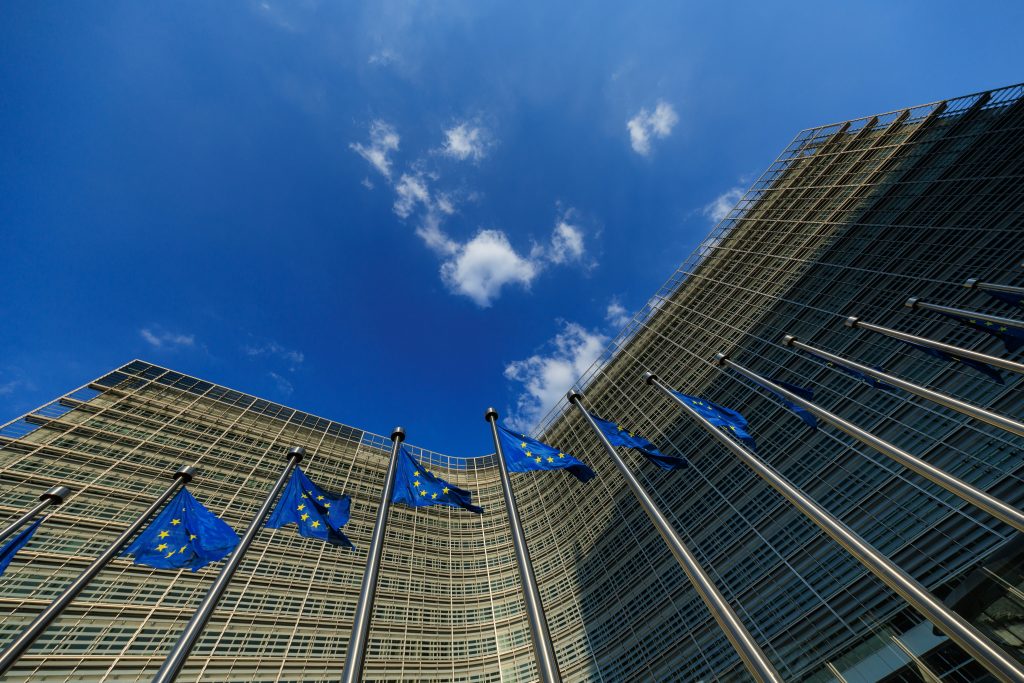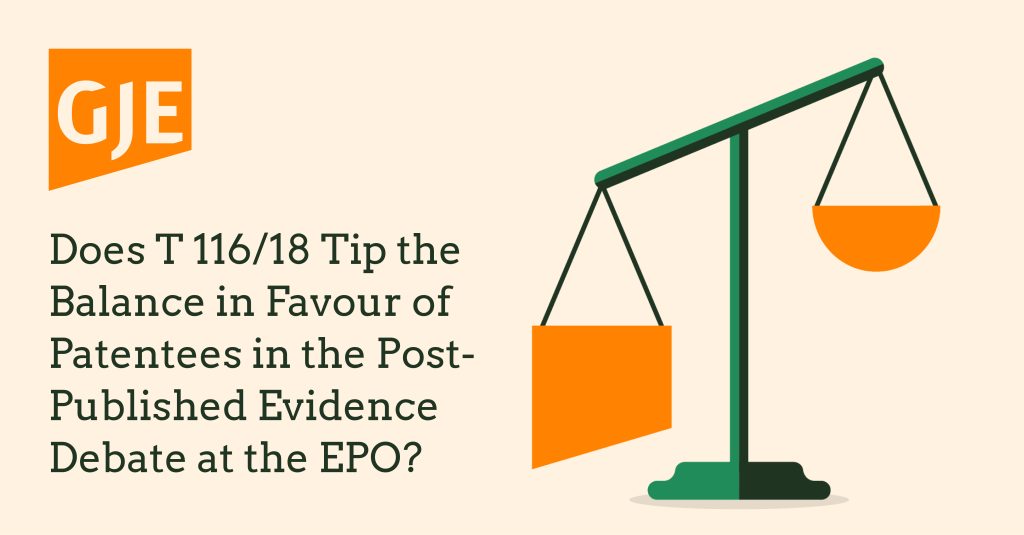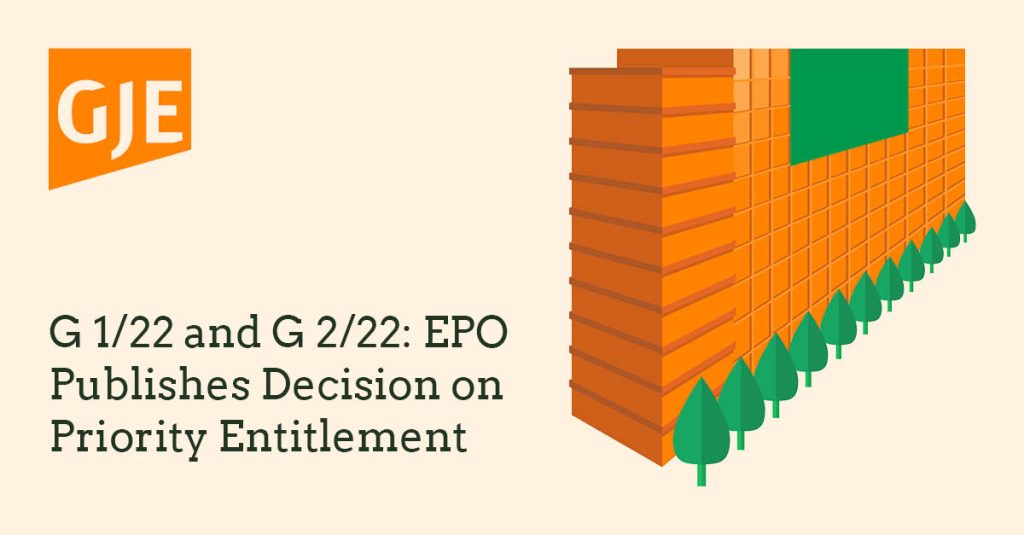
The Enlarged Board of Appeal in G 2/21 established new guidance for determining when post‑published evidence can be relied upon for inventive step at the European Patent Office (EPO). However, there has since been uncertainty surrounding how this guidance will be put into practice by the deciding bodies of the EPO. In this article, Ash Earl and Tom Blackburn comment on how the guidance established in G 2/21 may be applied by analysing the decision of the Board of Appeal in T 873/21, which is one of the first Board of Appeal decisions to apply the guiding principles established in G 2/21.
Summary of Facts and Submissions
T 873/21 was an appeal against the decision of the Examining Division to refuse European patent application No. 15774881.5 for lack of inventive step. The patent application claimed a combination of 1-cyano-2-(4-cyclopropyl-benzyl)-4-(beta-D-glucopyranos-1-yl)-benzene (also referred to as velagliflozin) and (8-beta)-8-[(methylthio)rnethyl]-6-propylergoline (also referred to as pergolide) for use in the treatment and/or prevention of equine metabolic syndrome (EMS), equine pituitary pars intermedia dysfunction (PPID) and/or laminitis in an equine animal. The prior art disclosed pergolide in combination with a different class of substances for use in the treatment of EMS, in particular PPID and associated laminitis, such that the difference was the nature of the second active ingredient. The use of velagliflozin to treat metabolic disorders was also known, so the claimed combination for the claimed treatment per se would have been obvious. The examples in the patent application did not include results, so the application did not show that the claimed combination provided an unexpected effect. The applicant sought to rely on post-published experimental data to prove that there is a synergistic interaction between the two compounds that improves insulin sensitivity.
The Board therefore had to decide whether this synergistic technical effect could be relied upon for inventive step following the guidance established in G 2/21.
As a reminder, following G 2/21, a patent applicant or proprietor may rely upon a technical effect for inventive step if the skilled person, having the common general knowledge in mind, and based on the application as originally filed, would derive said effect as being encompassed by the technical teaching and embodied by the same originally disclosed invention.
The Decision
The Board in T 873/21 made its assessment in two parts, namely, (1) whether the synergistic effect relied upon was encompassed by the technical teaching of the original application in light of the common general knowledge and (2) whether the synergistic effect was embodied by the claimed combination in the original application.
Although the examples in the patent application did not include results, both of the claimed compounds were known at the priority date as useful for the treatment of metabolic disorders, so the Board agreed with the applicant that a therapeutic effect of the claimed combination on metabolic disorders “would have been expected”. Further, while the original application did not disclose a synergistic interaction, it was disclosed that combination therapy of an SGLT2 inhibitor (which velagliflozin is) and a dopamine receptor agonist (which pergolide is), according to the invention, improves insulin sensitivity where monotherapy with a dopamine receptor agonist is insufficient. The Board therefore agreed with the applicant that the therapeutic synergistic effect substantiated by post-published evidence “was derivable from the original application”. The Board also agreed with the applicant that the post-published evidence only provided a quantification of the improvement in insulin sensitivity described in the original application.
In view of these reasons, the Board considered the synergistic technical effect to be encompassed by the technical teaching of the original application in light of the common general knowledge.
As to whether the synergistic effect was embodied by the claimed combination in the original application, the Board noted that the combination “was clearly the preferred combination in the original application”, particularly since all of the examples concerned the claimed combination.
The Board therefore concluded that the post-published evidence could be taken into account when assessing the inventive step of the claimed subject matter.
Analysis
It is clear from G 2/21 that the Enlarged Board did not favour the use of the term “plausibility” by the deciding bodies, yet the Board’s use of the phrase “would have been expected” in the context of a therapeutic effect in T 873/21 brings to mind the plausibility test. This suggests that if a patent application in view of the common general knowledge makes a technical effect expected/plausible/credible, then this would contribute to the effect being “encompassed by the technical teaching of the application”.
Perhaps a more interesting insight from T 873/21 is the Board’s willingness to accept that a synergistic effect was “encompassed by the technical teaching of the application” even though the application did not disclose that a synergistic effect could be obtained and did not include evidence of the synergistic effect. It is widely accepted that synergy between substances is unpredictable, so it may be that unpredictability of a technical effect is not in itself a convincing reason for the technical effect to not be “encompassed by the technical teaching of the application”. This would be in line with previous decision T 919/15, which found that a synergy between herbicide combinations that had not been tested in the application could not be regarded as implausible per se.
This leaves open the question of whether a technical effect can be “encompassed by the technical teaching of the application” if the case in hand allows the substantiation of doubts about the technical effect or, in other words, whether the technical effect is implausible. We expect that the answer to this will emerge in decisions to come.
Overall, it appears that a relevant factor in determining whether a technical effect is “encompassed by the technical teaching of the application” may be the existence of doubt about the technical effect and, if there is doubt, whether the technical effect is expected/plausible/credible in view of the application and the common general knowledge.
Another relevant factor in determining whether a technical effect is “encompassed by the technical teaching of the application” may be whether the technical effect is derivable from the application, given that the Board in T 873/21 reasoned that the synergistic effect relied upon by the applicant was. Indeed, it is long-established case law that a technical effect must be derivable from the application to be relied upon for inventive step. We expect that this part of the test will be separate from whether there is any doubt about the technical effect. In T 873/21, “derivable” was applied broadly by the Board since the original application did not disclose whether the improvement in insulin sensitivity would be additive or synergistic. For the Board, it seems that defining the improvement as synergistic rather than additive was inconsequential in determining whether the technical effect was “encompassed by the technical teaching of the application” since this “only provided a quantification of the obtained improvement in insulin sensitivity described in the original application”. This implies that it is important for the type of technical effect to be derivable from the application in order to be “encompassed by the technical teaching of the application”, but it is less important that the magnitude of the technical effect is also derivable.
As to whether a technical effect is “embodied by the same originally disclosed invention”, the Board’s reasoning in T 873/21 that the claimed combination was “clearly the preferred combination in the original application” could be compared to added subject matter considerations under European practice. Of course, inventive step is a separate legal requirement, so perhaps the Board had in mind the established case law that the character of the invention must not be changed by a subsequently invoked technical effect. Still, the Board’s reasoning may imply that the claimed subject matter for which the technical effect is being invoked should be pointed to in the original application for the technical effect to be “embodied by the same originally disclosed invention”.
In summary, although T 873/21 provides a useful insight into what factors may be considered by the deciding bodies when applying the test of G 2/21, it is likely to be some time before a sufficient body of case law is developed to identify where the boundaries of the G 2/21 guidance lie.
In the meantime, please contact Ash Earl, Tom Blackburn or contact us at gje@gje.com if you would like to discuss the potential relevance of G 2/21 to your business.





